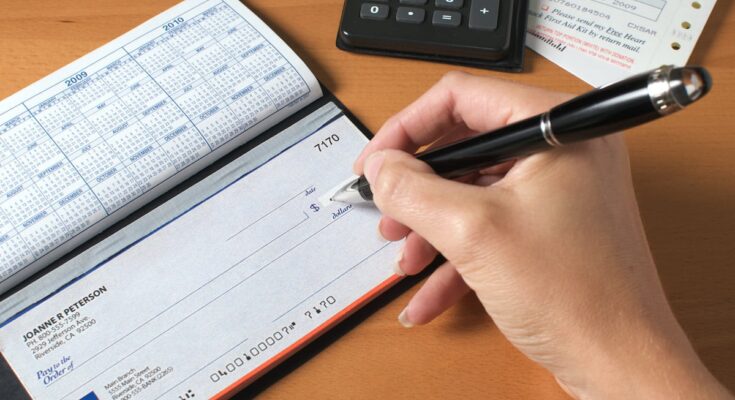When opening a new bank account, the bank provides holders with a checkbook. And the most effective way to keep checkbooks safe from wear and tear is the checkbook covers. One can find many different types of covers for checkbooks. Some covers are made of leather, and some are clear. Moreover, an individual can find a clear or leather checkbook holder in multiple colors, sizes, and styles to match different checks. This guide enlists different types of covers available for checkbooks and how people can use them.
Different Types of Covers for Checkbooks
The following listed are two popular covers for checkbooks- leather holders and clear holders:
- Leather Checkbook Holder
Leather checkbook holders or covers are the most suitable option for those considering upgrading their checkbook case. Leather checkbook holders are more durable than plastic covers and, thus, can withstand regular wear and tear or scratches. Moreover, these covers feature pen loops, card slots, and extra pockets to secure more than one checkbook. Another popular option is a wallet featuring a tri-fold, slim design.
- Clear Checkbook Cover
A clear cover is another excellent choice for securing checkbooks, as it is durable and protects against spills and repeated handling. Moreover, these covers are lightweight and have a user-friendly design and layout. A person can choose from plain, funky, elegant, or a combination of colors to make his checkbook look stunning.
Steps to Use a Checkbook Cover
The checkbook covers usually have several plastic flaps making them complicated to use. Remember that each flap has a purpose, and by following these steps, one can easily make the best use of a checkbook cover.
Step 1: Lifting Thin, Clear Plastic Strip
First, an individual need to lift the thin, transparent plastic strip using his thumb and index finger. Next, use another hand to separate the individual checks from the checkbook’s back cover.
Step 2: Sliding the Checkbook into Slip
When following this step, a person needs to slide the back cover of his checkbook under the plastic strip and the clear plastic flap. The clear plastic flap is typically used to separate checks not being used from the check being filled out.
Step 3: Lifting and Using Plastic Flap to Separate Checks
Lift the clear plastic flap and put it behind the next check and carbon copy when writing a check. It will prevent the pen’s pressure from damaging the carbon copies of subsequent checks.
Step 4: Lifting the Plastic Flap and Sliding the Transaction Register
Lift the clear plastic flap and slide the transaction register as provided by the bank into the slip. In last, both books will be secured neatly in the checkbook cover.
Conclusion
The most common reason people consider buying a checkbook holder or cover is to prevent misplacing or damaging them. The checkbook covers in leather have a classic and elegant look, and the clear plastic holders have a simple and functional design. Moreover, these checkbook holders are available in various colors and have multiple slots. In addition, these steps will guide an individual to use a checkbook cover optimally.




